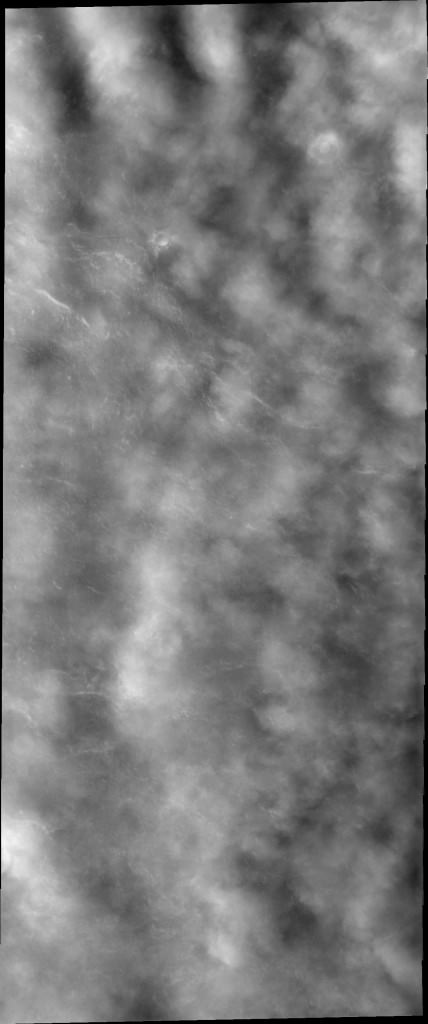Just a few days ago, we posted about possibly salty water flows on Mars. Of note, the NASA press release noted, moisture is likely more prevalent in the morning and the Mars Reconnaissance Orbiter does most observations in the afternoon, local time. That’s too bad, we thought. But wait! It turns out that NASA Mars Odyssey spacecraft is going to change its orbit to get a better look.
It’s going to take nearly two years for NASA to maneuver the long-running Odyssey to the right spot, but at that point mission managers expect the spacecraft still has another decade of observations ahead of it based on current fuel consumption. That’s great considering that the spacecraft has been beaming back images since 2001!
Odyssey will be the first spacecraft to do dedicated morning observations of the planet since any NASA orbiter of the 1970s, which dates observations back to the Viking era (except for a few glimpses by European Space Agency spacecraft and previous NASA orbiters). Advances in imaging mean we will get a far clearer view of the ground than ever before.
“The change will enable observation of changing ground temperatures after sunrise and after sunset in thousands of places on Mars,” NASA stated. “Those observations could yield insight about the composition of the ground and about temperature-driven processes, such as warm-season flows observed on some slopes, and geysers fed by spring thawing of carbon-dioxide ice near Mars’ poles.”

The first maneuver took place Tuesday (Feb. 11) when a brief firing of Odyssey’s engines got the spacecraft pushing faster for an orbital shift. It will drift in that direction until November 2015, when controllers will do another maneuver to keep it in a stable location.
Right now, Odyssey is in a near-polar orbit that keeps local daylight at the same time below it. There have been a few changes to the timing over its dozen years of operation:
- First six years (approx. 2001-2007): The orbit was mostly at 5 p.m. local solar time (as it flew north to south) and 5 a.m. local solar time on the south-to-north orbit. “That orbit provided an advantage for the orbiter’s Gamma Ray Spectrometer to have its cooling equipment pointed away from the sun,” NASA stated. At that time, the spectrometer found evidence of water ice, through the spectrum of hydrogen.
- Next five years (approx. 2007-2012): The orbit shifted to 4 p.m. local solar time on north-to-south, and 4 a.m. south to north. While this allowed the Thermal Emission Imaging System to examine warm ground that made the mineral signatures in infrared pop out more easily, on the flip side of the planet Odyssey’s power system was under more strain because the solar panels couldn’t work as well in predawn light. Odyssey remained in that orbit until about the 2012 landing of the Curiosity rover, then was sent on a maneuver to move its orbit to later in the day to keep the battery functioning.
- What’s next: Once Odyssey is in the right spot, the spacecraft will flip its daylight observations to scan the ground at 6:45 a.m. on the south-to-north part of the orbit. The spacecraft was in fact going in that direction already, but the new maneuver gets it there a bit sooner.
“We don’t know exactly what we’re going to find when we get to an orbit where we see the morning just after sunrise,” stated Philip Christensen of Arizona State University, who is THEMIS principal investigator and the person who suggested the move. “We can look for seasonal differences. Are fogs more common in winter or spring? We will look systematically. We will observe clouds in visible light and check the temperature of the ground in infrared.”
“We know that in places, carbon dioxide frost forms overnight,” he added. “And then it sublimates immediately after sunrise. What would this process look like in action? How would it behave? We’ve never observed this kind of phenomenon directly.”
Sources: NASA Jet Propulsion Laboratory and Arizona State University

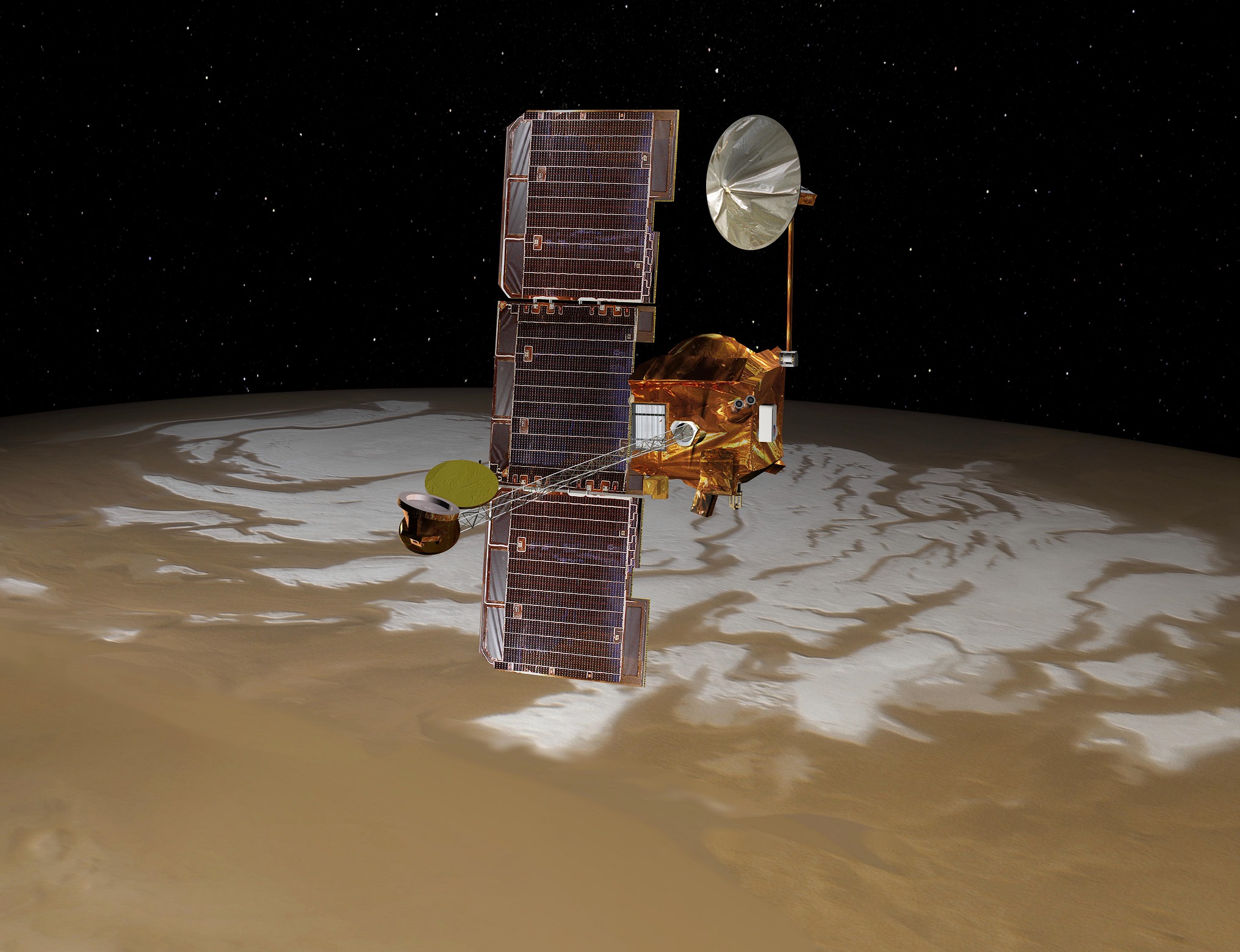
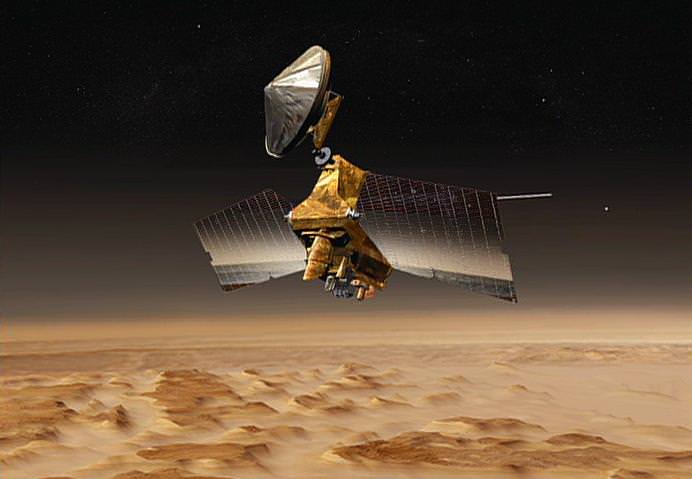
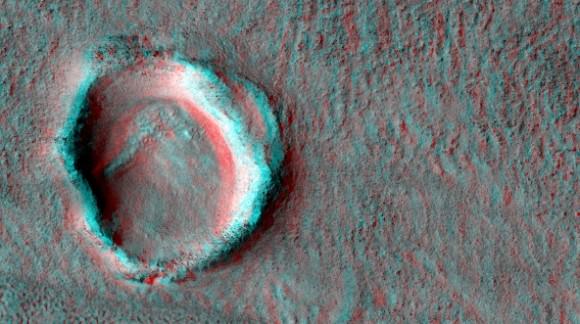
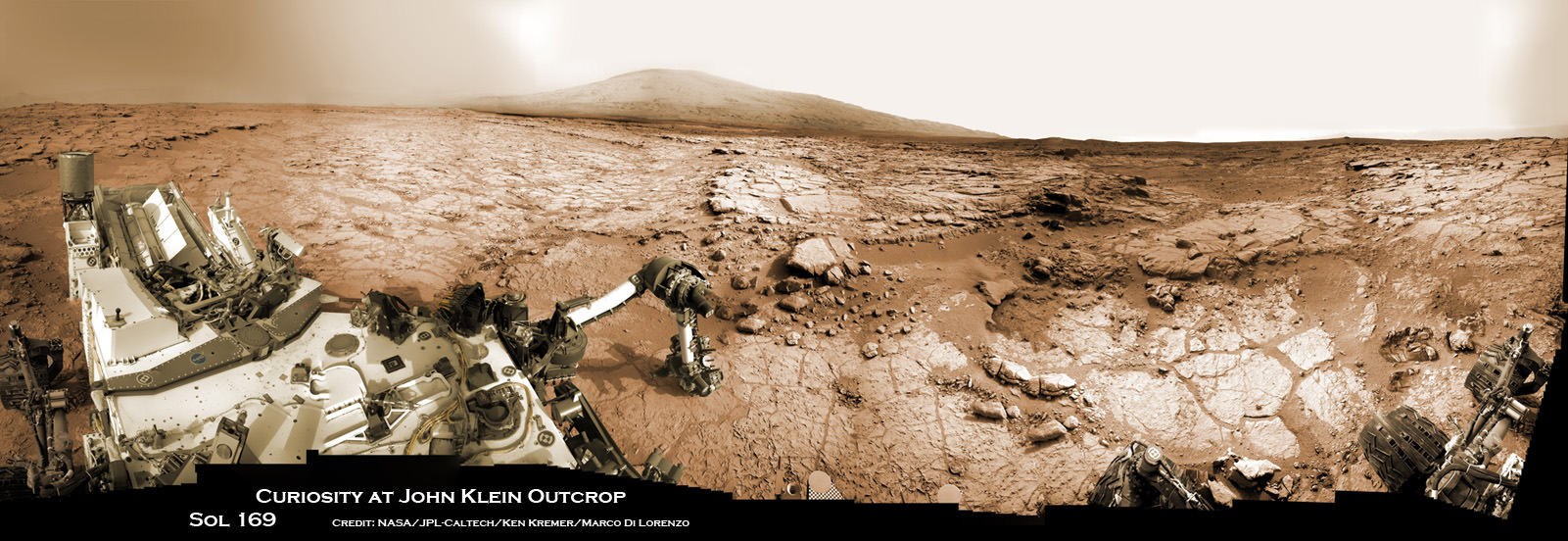

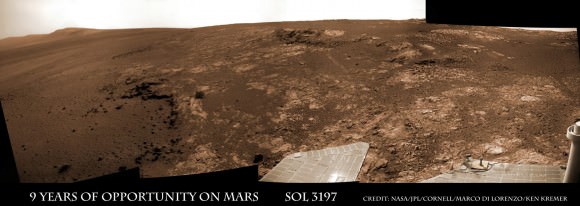
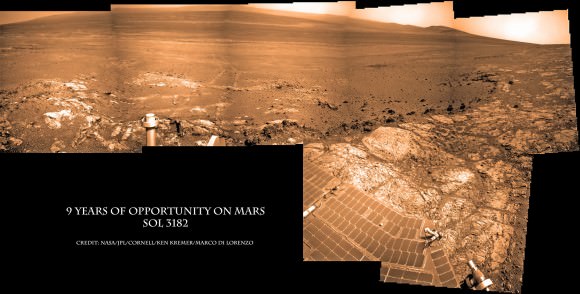
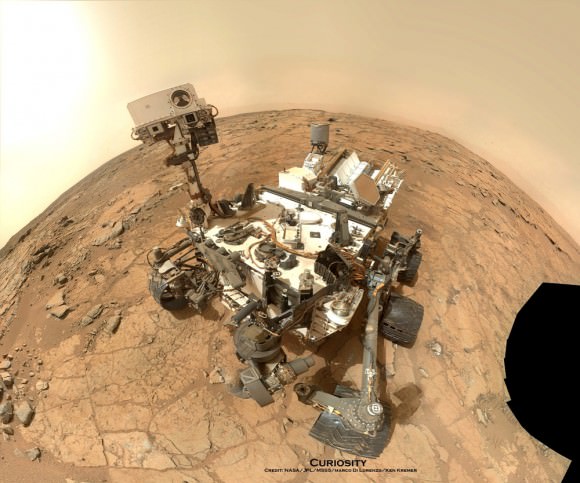

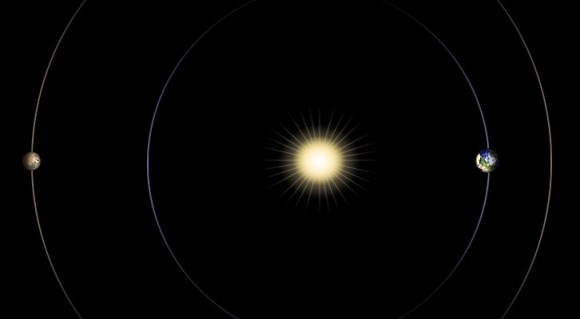
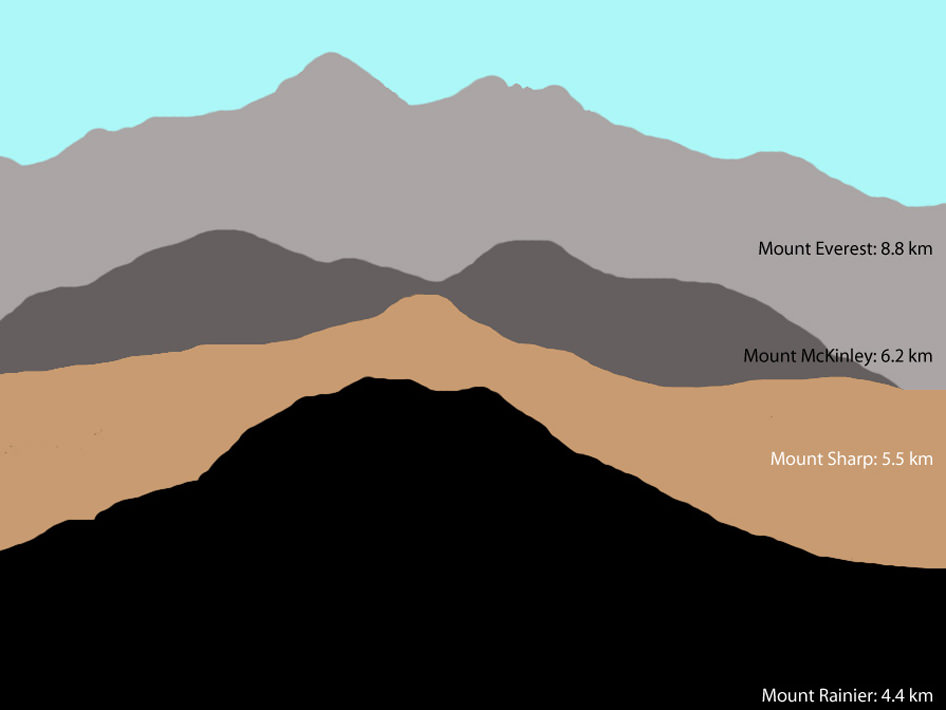
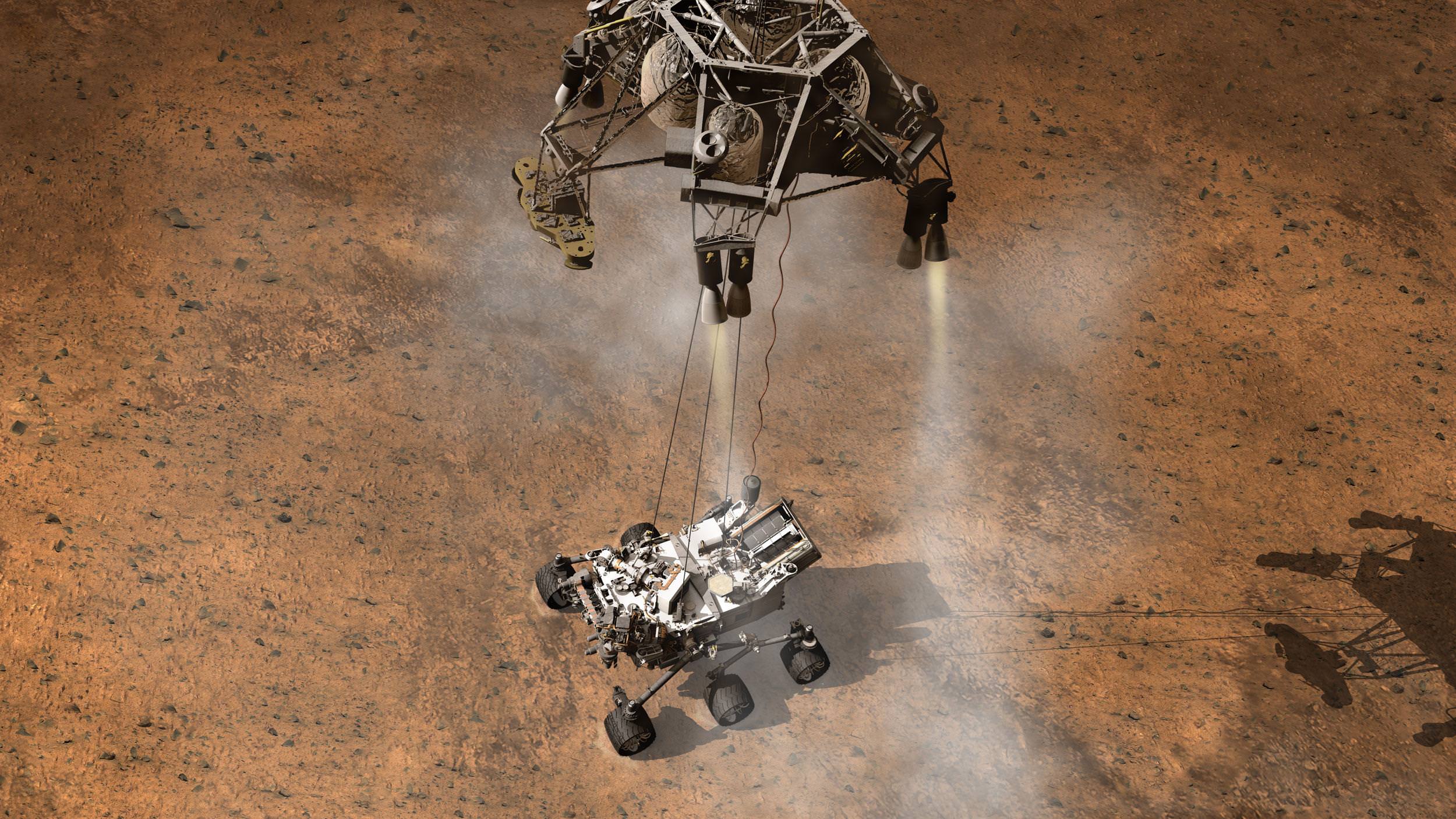

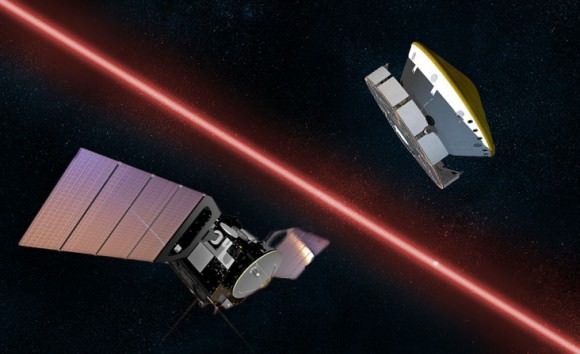
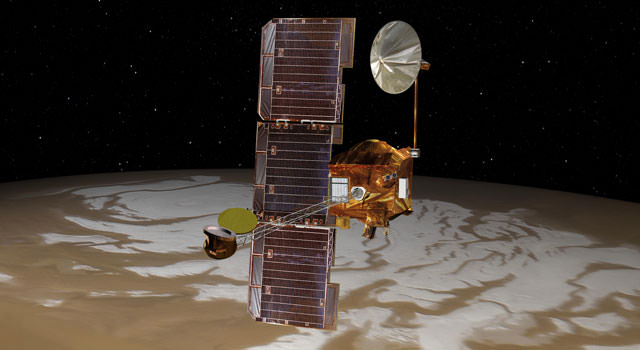
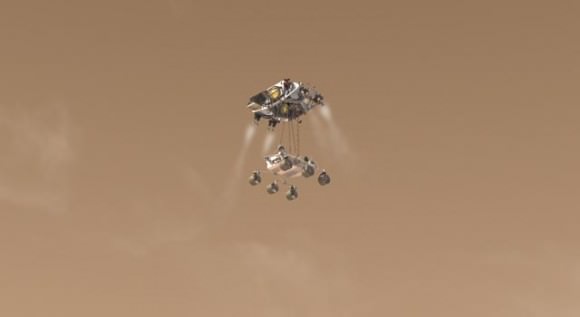
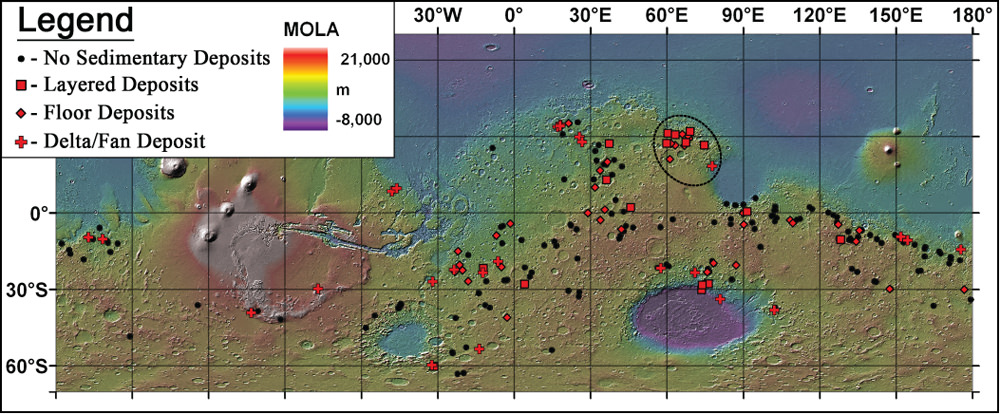
 As it turns out, about a third of the lake beds examined still show evidence for clay deposits. A total of 79 lake beds out of 226 studied to be exact, indicating that they are less common on Mars than on Earth. The reason for this may be that the chemistry of the water was not ideal for preserving clays or that the lakes were relatively short-lived.
As it turns out, about a third of the lake beds examined still show evidence for clay deposits. A total of 79 lake beds out of 226 studied to be exact, indicating that they are less common on Mars than on Earth. The reason for this may be that the chemistry of the water was not ideal for preserving clays or that the lakes were relatively short-lived.
